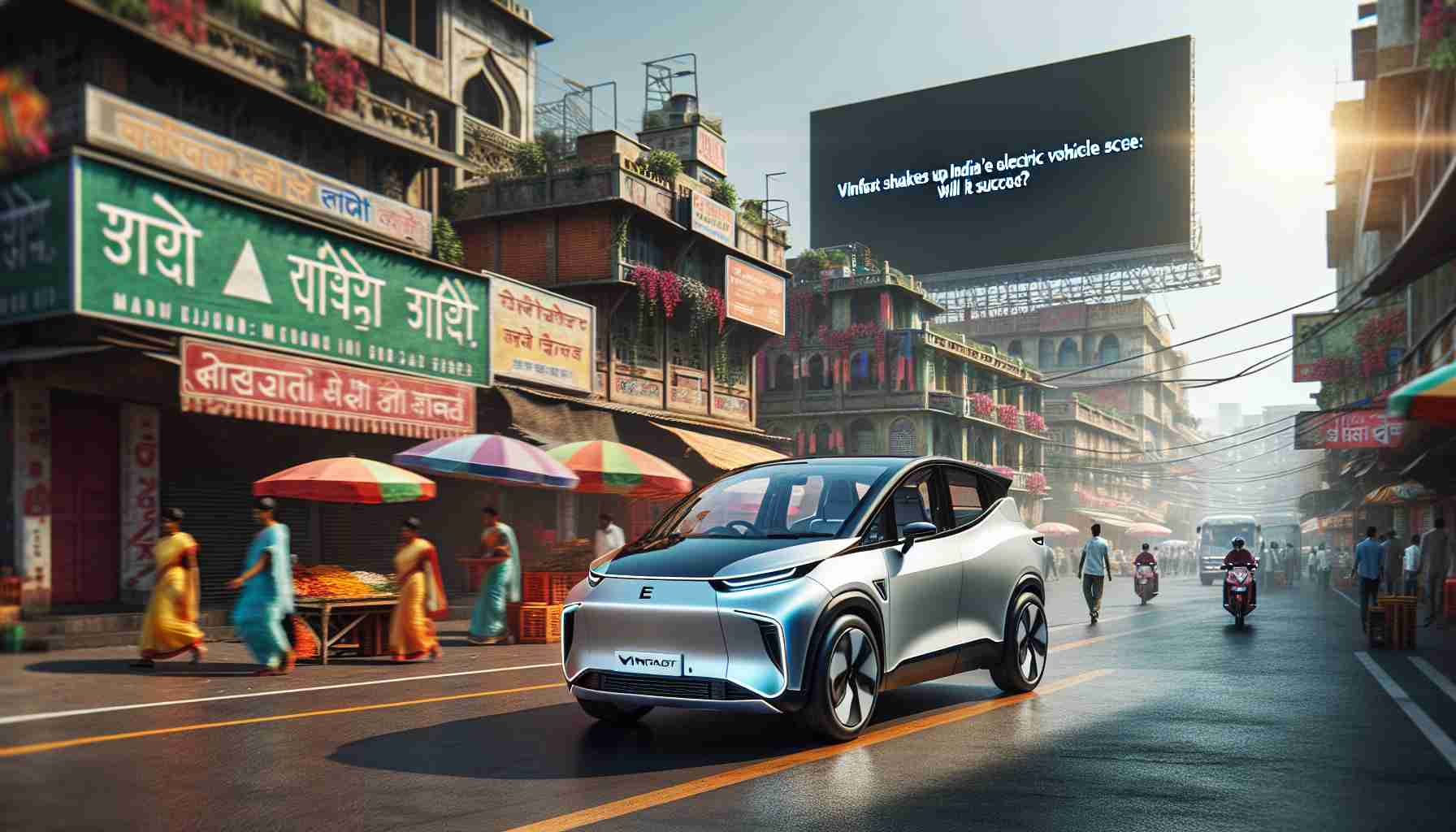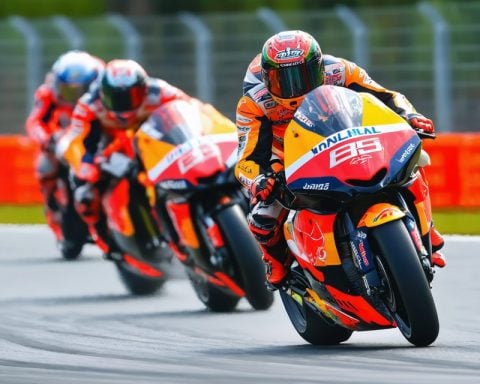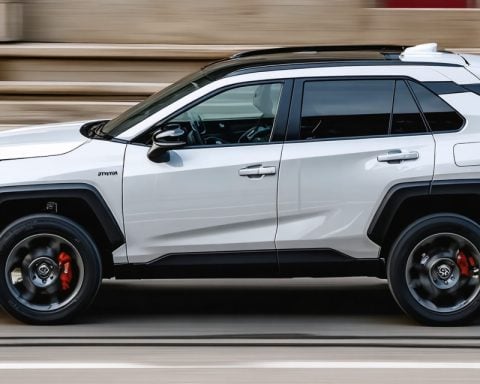- VinFast debuts in India with two premium SUVs, VF 6 and VF 7, designed for the local market.
- The Indian government is targeting a shift to 30% EV sales by 2030 to combat emissions.
- VinFast is investing $500 million to set up a factory in Tamil Nadu, aiming for a production capacity of 50,000 EVs per year.
- Plans for comprehensive charging infrastructure are also in the pipeline.
- VinFast faces challenges, including high import taxes and competition from local and Chinese brands.
- The company’s approach could significantly influence the future of the Indian EV market.
VinFast, a rising star in the electric vehicle world and a part of Vietnam’s largest conglomerate, Vingroup, is making waves in India with the launch of its first two premium SUVs—VF 6 and VF 7—at the Bharat Mobility Global Expo. These sleek, made-in-India models mark VinFast’s entry into the world’s third-largest car market, and they come as right-hand drive versions, a first for the company.
With electric vehicles currently making up just 2.5% of over 4 million vehicle sales in India, there’s a significant push for transformation. The Indian government aims to ramp up EV sales to 30% by 2030 and achieve net-zero emissions by 2070, fueled by the urgent need to combat greenhouse gas emissions. The Indian EV market is projected to soar from $3.2 billion in 2022 to a staggering $22 billion by 2029.
Seizing this opportunity, VinFast is investing a whopping $500 million to establish a car-and-battery factory in Tamil Nadu with an initial capacity of 50,000 EVs per year. The company is also laying the groundwork for charging infrastructures and plans to start production later this year.
However, not everything is smooth sailing. VinFast is seeking to lower India’s steep 100% import tax on fully built EVs, a move that domestic automakers are contesting. As VinFast strives to carve out a niche against established players and affordable Chinese brands, the stakes are high.
The key takeaway? With its ambitious plans, VinFast could redefine India’s EV landscape, but its success might hinge on overcoming regulatory hurdles and ensuring a robust sales launch. Exciting times lie ahead!
VinFast’s Bold Move: Will it Transform India’s EV Market?
VinFast, an emerging name in the electric vehicle (EV) sector and a key player in Vietnam’s Vingroup, is making headlines in India with the launch of its premium SUVs, the VF 6 and VF 7, during the Bharat Mobility Global Expo. These innovative models are produced locally and represent VinFast’s first venture into the right-hand drive vehicle market, tailored for Indian consumers.
Electric vehicles currently account for only 2.5% of over 4 million vehicle sales in India, indicating a substantial opportunity for growth in this sector. The Indian government has ambitious goals, aiming for EV sales to reach 30% by 2030 as part of its commitment to achieving net-zero emissions by 2070. This transformation is critical to address the country’s pressing greenhouse gas emissions challenge. Market forecasts indicate that the Indian EV industry is set to expand dramatically from $3.2 billion in 2022 to an astounding $22 billion by 2029.
To capitalize on this growing demand, VinFast is investing $500 million to build a state-of-the-art car and battery manufacturing facility in Tamil Nadu, with plans for an initial production capacity of 50,000 EVs annually. The company is also focusing on developing charging infrastructure and aims to begin production later this year.
Market Insights and Trends
1. Features: The VF 6 and VF 7 are designed with modern technology and safety features, appealing to tech-savvy consumers. They are equipped with advanced infotainment systems, driver-assistance technologies, and sustainable materials.
2. Limitations: One major challenge for VinFast is the high import tax on fully built EVs in India, currently at 100%. This regulatory issue could hinder price competitiveness compared to domestic and Chinese manufacturers.
3. Sustainability and Innovations: VinFast is committed to sustainability. The cars are designed to minimize ecological impact, and the establishment of local manufacturing aims to reduce the carbon footprint associated with imported vehicles.
Frequently Asked Questions
Q1: What specific actions is VinFast taking to ensure its success in the Indian market?
A1: VinFast is focusing on local manufacturing to reduce costs, investing in charging infrastructure, and attempting to negotiate lower import taxes to make its EVs more affordable for Indian consumers.
Q2: How does the Indian government’s EV policy impact VinFast’s prospects?
A2: The Indian government’s goal of increasing EV adoption to 30% by 2030 presents a significant opportunity for VinFast. However, the company’s success will depend on navigating regulatory hurdles and competing effectively with established automakers.
Q3: What is VinFast’s competitive edge in the Indian EV market?
A3: VinFast’s competitive edge lies in its innovative technology, local manufacturing capabilities, and strong backing from Vingroup. Its entry provides a premium alternative in a market primarily dominated by cost-effective models.
For more insights on VinFast and its impact on the EV market, visit VinFast’s official website.













